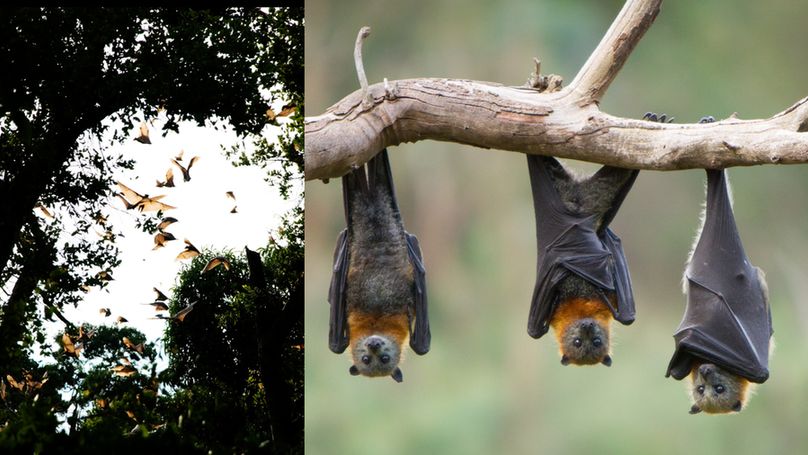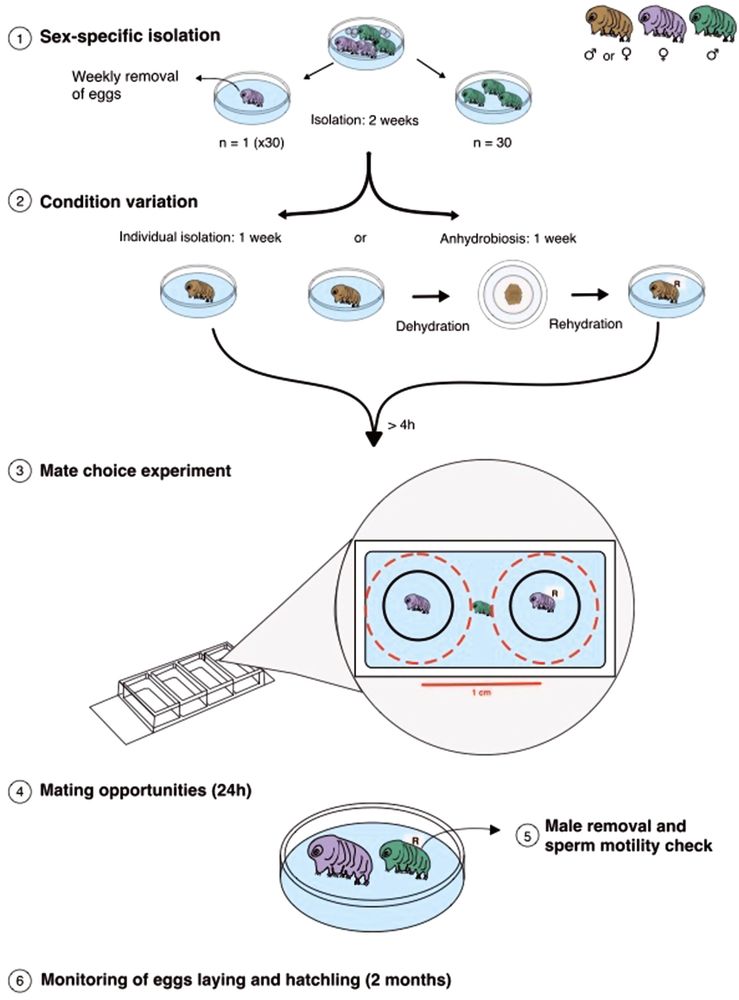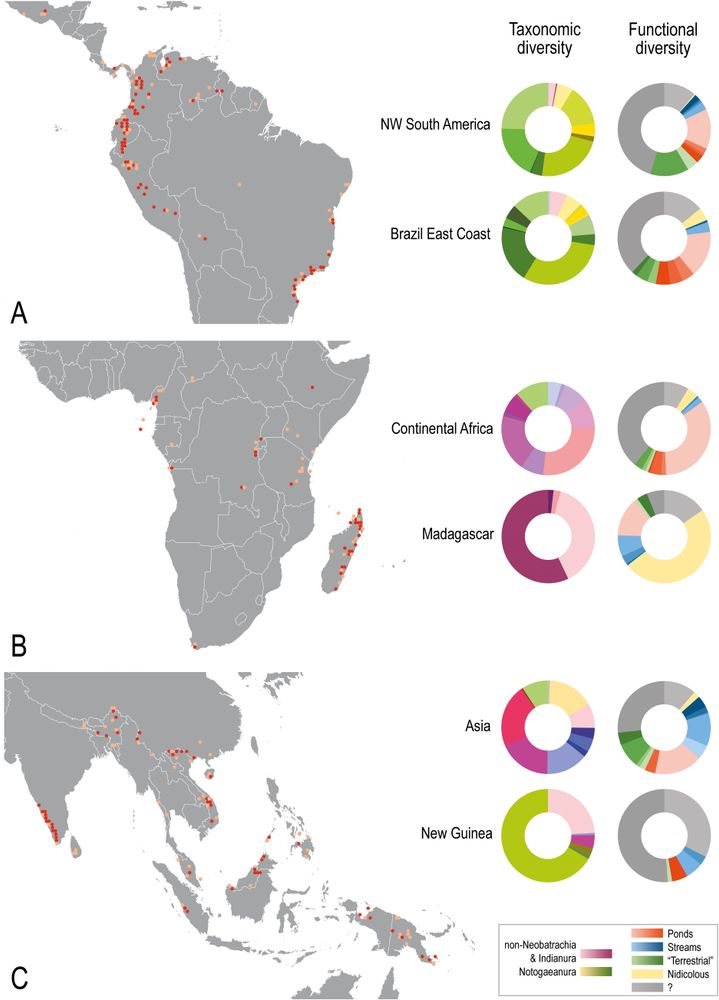
Blog: https://www.linnean.org/news/categories/the-paper-trail

doi.org/10.1093/biol...

doi.org/10.1093/biol...
Little is known about the interactions between spiders & bromeliads in the Caatinga, until now! Looking at 41 plants, the presence of spiders led to reduced leaf & fruit growth, suggesting a parasitic interaction!🌍🧪
doi.org/10.1093/biol...

Little is known about the interactions between spiders & bromeliads in the Caatinga, until now! Looking at 41 plants, the presence of spiders led to reduced leaf & fruit growth, suggesting a parasitic interaction!🌍🧪
doi.org/10.1093/biol...



academic.oup.com/biolinnean/p...
@linneansociety.bsky.social

academic.oup.com/biolinnean/p...
@linneansociety.bsky.social




Bat to the research...
doi.org/10.1093/biol...

Bat to the research...
doi.org/10.1093/biol...
doi.org/10.1093/biol...

doi.org/10.1093/biol...
doi.org/10.1093/biol...

doi.org/10.1093/biol...


academic.oup.com/bio...

academic.oup.com/bio...



#BeaverDay

#BeaverDay
academic.oup.com/biolinnean/i...
@linneansociety.bsky.social

academic.oup.com/biolinnean/i...
@linneansociety.bsky.social
www.eventbrite.co.uk/e/getting-ba....

www.eventbrite.co.uk/e/getting-ba....
All the better to avoid you with! Or is it distract? Or intimidate?
Though common, the factors influencing the diversity of eyespots have been poorly studied. Yet here, this FISHtery may be solved! (sorry) 👇🌍🧪
academic.oup.com/bio...
#BSW25

All the better to avoid you with! Or is it distract? Or intimidate?
Though common, the factors influencing the diversity of eyespots have been poorly studied. Yet here, this FISHtery may be solved! (sorry) 👇🌍🧪
academic.oup.com/bio...
#BSW25
academic.oup.com/bio...
#BSW25 @linneansociety.bsky.social

academic.oup.com/bio...
#BSW25 @linneansociety.bsky.social

